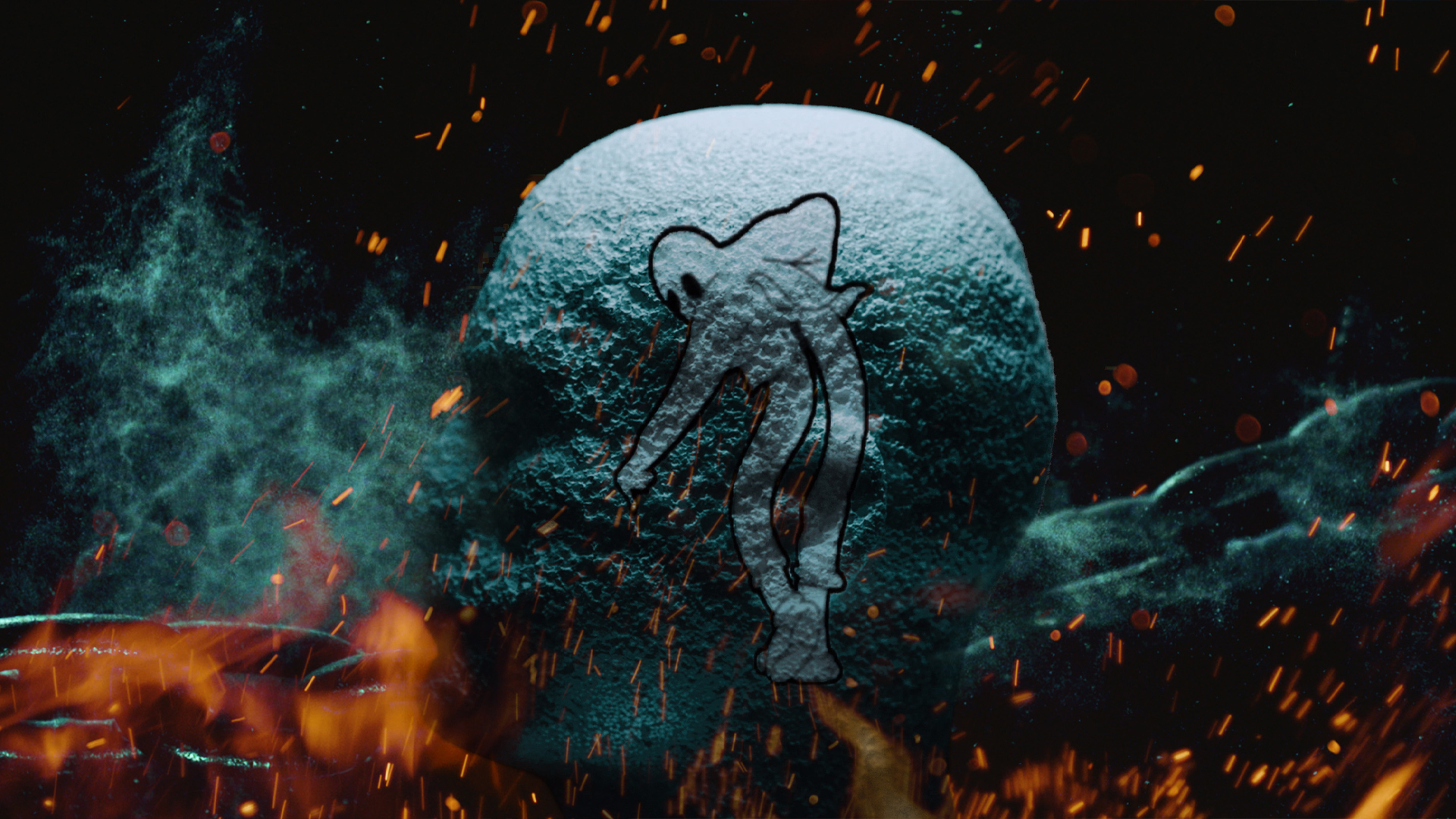

Ghosts in the machine manipulate the emotions of foreign audiences and threats. That’s on full display in the Army’s 4th Psychological Operations Group (Airborne) second installment of its psychological operations (PSYOP) recruiting series on YouTube, titled “Ghosts in the Machine.”
The video was released quietly Thursday morning, combining storytelling and influence for the PSYOP recruiting efforts. Some may find the imagery “unsettling,” as the AP called it, as the viewer goes from a powerful quote about rising up to scenes representing oppressors and those fighting to free the oppressed.

Some may even think it’s a psychological operation (PSYOP). Aaron Schmidt, a PSYOP reservist and information professional, said the actual definitions of PSYOP, propaganda, and disinformation are simple but often confused.
“It’s become part of this like cultural lexicon that we just started to say it the same way we say propaganda, disinformation without understanding what those terms mean,” Schmidt said. “Certain words like PSYOP have just become part of this colloquial lexicon, and they’ve lost meaning.”
Subscribe to Task & Purpose today. Get the latest military news and culture in your inbox daily.
Schmidt points to the definition of influence as it pertains to PSYOP: “to change the opinions and, ultimately, the behavior of threat and foreign target audiences.” The video isn’t that and is nothing more than a powerful recruiting video.
Images of the Ghost Army’s symbology are intertwined throughout the video, with multiple hints at PSYOP’s lineage. The Ghost Army was recently awarded the Congressional Gold Medal for their actions deceiving the enemy throughout World War II. Schmidt says it’s important to stay true to their unit’s lineage and pay homage to them.
He gave Gen. George Patton’s fake army as an example, an operation the Ghost Army carried out to successfully distract the enemy forces and improve the odds of the Normandy invasion.
“That is the genesis of that symbology and our field itself. If we go back to the definition of affecting the behavior of a threat, that was the intent behind creating dummy signatures, information, and deceptive activities, all in support of drawing attention away from the main effort at Normandy,” Schmidt said. “When you have that kind of rich and deep history as a unit, we are very proud about where our lineage is derived.”
The fake army is an example of the symbology throughout the video. Invisible hands manipulate people’s emotions from behind the curtains is represented throughout the latest recruiting videos. Anyone privy to current world affairs will pick up on the Chinese money, oppressors, and symbology of freeing the oppressed as they watch through.
Schmidt said that once you understand the definitions of information, influence, and other aspects of the PSYOP job, you can tell the video is an example of someone being really good at their job while relaying history and the importance of information.
“If that happens because of this information — these videos are out there, and in the consciousness, that can only be a win not only for special operations recruiting — which shout out to them — but also for us as consumers of information and citizens of the world,” Schmidt said.
If you want to learn more about the process of becoming what Schmidt calls a “PSYOPer,” you’ll want to read more about the training a soldier must complete to join the ghost ranks.
Now, we at Task & Purpose are starting to think there’s a new kid on the block that dethroned the Marine Corps and their recruiting commercials.
The latest on Task & Purpose
- Army captain gives up his rank to enlist in the Marine Corps
- Army fires commander of Germany-based air defense unit
- Navy offers some sailors $100,000 to reenlist
- Army general bans most work texts after duty day
- Air National Guard officer and state senator arrested for burglary
